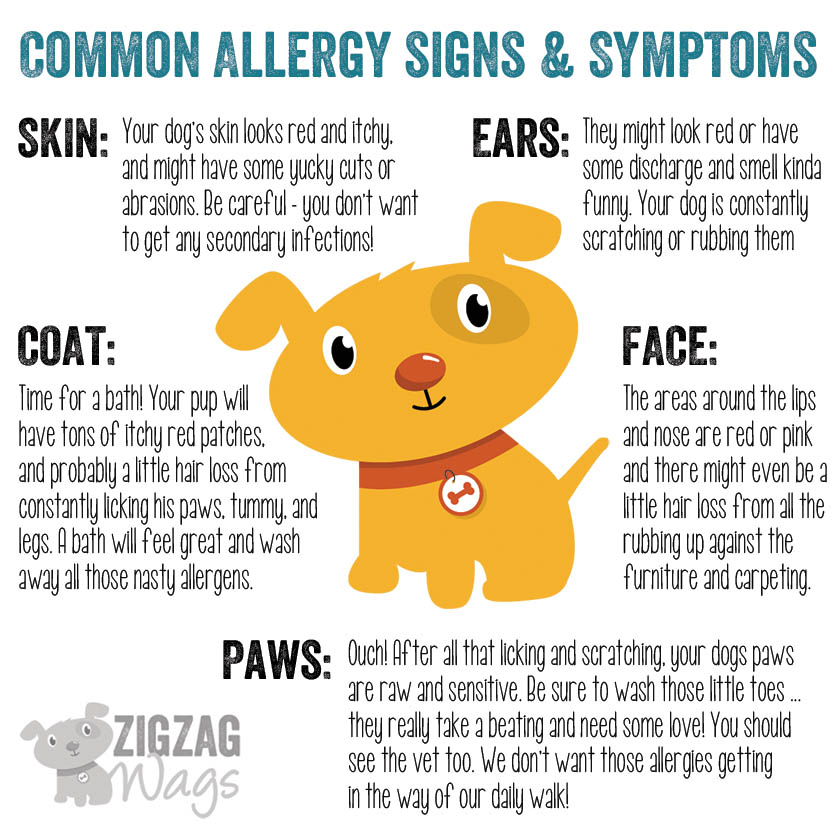Dog Allergies are the WORST
More Treats + Fewer Allergies = Happy Puppies.
Let’s be honest, seasonal allergies in dogs are NOT pawesome! And no, as much as we’d like to believe treats could solve the problem, they won’t … unless maybe your dog REALLY likes Benadryl. That said, more treats do sound like a good idea, don’t you think?
We all know allergy season can be really uncomfortable, but for most of us an over-the-counter med usually solves the problem. With one magic pill (okay, maybe two) the itchy, watering eyes, scratchy throat, and non-stop sneezing can be kept in check. Unfortunately, for our hairy four-legged children the solution isn’t so simple. Seasonal allergies can make even the best-behaved dogs a little crazy.
Common Symptoms of Dog Allergies:
Obviously it’s tough for pets to avoid environmental allergens. With frequent trips outside, daily walks, and even the occasional car ride, they are constantly exposed to elements that can make them sick … or at least, itchy. More often than not, a dog with seasonal allergies will present with consistent itch-inspired symptoms: excessive licking, red and raw patches of skin (also known as “hot spots”), and mild hair loss, just to name a few. Sure, some of these symptoms may be attributed to other factors … food allergies, fleas, etc., but in the spring and fall, pollen, dust mites, and/or mold are likely to blame.
These airborne allergies are known as Atopy. It’s the most common type of allergy for dogs, and just as in humans, it’s commonly caused by ragweed in the fall, pollen in the spring, and dust mites during the winter months. Just to clarify, allergies are not in fact caused by squirrels, although Jake is still pretty convinced …
Dogs with environmental sensitivities, whether caused by atopy or something else like contact dermatitis, food intolerances, or insect bites are generally pretty miserable. But sadly, they can’t explain what the problem is, so it’s extremely important for dog owners to pay close attention to signs and symptoms associated with allergic reactions.
In rare cases of severe reactions, knowing what to look for can even save your dog’s life!
Treatment Options:
- Frequent bathing is a great way to give complete relief to itchy skin. Washing away the allergens (frequently) is an extremely effective method to soothe your dog’s dry, irritated skin.
- Washing your pet’s feet after they’ve been outside is also helpful. Your dog won’t be able to track allergens throughout the home, and you can all but eliminate the itch before it even starts by stopping allergens right at the front door!
- Keep your dog’s bed, crate, and other favorite household spots as allergen-free as possible. Wash their bedding frequently using mild (preferably dye-free) detergents, and vacuum often. If you have a hepa filter, even better!
If you suspect your dog has any allergies, it’s important to discuss the issue with your veterinarian. Only they can determine the specific type of allergy and root cause to offer the best course of treatment.

